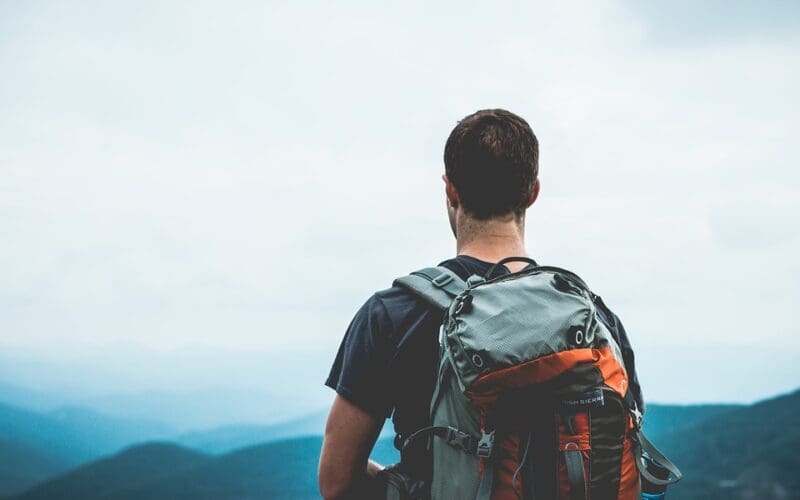Whether you’re new to travel or a regular globetrotter, visiting a new country is always exciting. It can also be a bit nerve-wracking, particularly for solo travelers, as you may be worried about safety, maximizing your time while visiting, and making sure you have a good time.
Below are some tips for steps to take after you’ve booked your adventure but before you step foot in a new country:
1. Learn basic phrases in the local language
Aside from my love of unlimited soda refills, probably the most American thing about me is that I am terrible at learning foreign language. After taking almost 8 years of Spanish and spending 4 years living less than 100 miles away from the Mexican border, my Spanish language skills are still very basic (though get better with alcohol consumption).
That said, before traveling to a new country, I always make sure that I learn how to say the basics, which include:
- Hello
- Thank you
- Sorry/excuse me
- Goodbye
While it would be great to know more (and see tip #4 here for help with that), I’ve found that knowing these words in a local language, a smile, and some body language are often all that I need to traverse a new, foreign destination.
2. Figure out currency conversion rates
One great way to save money when you travel is to use local ATM’s rather than currency exchanges to get your money, as the rate your bank charges is often lower. To do this, you should have an idea of how much money you need to get out by the time you land.
A trick that I like to use is looking up typical currency denominations and their corresponding value in USD, and writing down what it amounts to. For instance, in Colombia, here’s a list of the bills they have and current value in USD:
- 5,000 Pesos = $1.75 USD
- 10,000 Pesos = $3.50 USD
- 20,000 Pesos = $7.00 USD
- 50,000 Pesos = $17.50 USD
Knowing the exact worth, in USD, of these bills helps me avoid math (or really, getting the currency conversions wrong) when I’m out and about and possibly with no internet/cell service.
3. Learn about the local public transit system
If you’ve ever been to a new country and tried to hop on a local, non-tourist focused train/bus, you’ve probably experienced some anxiety related to it. Are you going the right way? Do you have enough money to cover the fair? Will there be signs for where you need to get off?
Even with proper research, a new city’s public transit system can be intimidating. I was in Tokyo a few months back for the annual cherry blossom festival, and Shinjuku station was hectic and confusing enough that, even with a plan, I almost had an anxiety attack.
But if you plan on using public transportation at all (and you should!), you should download a copy of the city’s local transit map and look into things like day passes, cost of public transit tickets, and hours of operation. Sometimes, you’ll find that private options (such as cabs or Uber) offer better value for your time and provide a way of saving time for you to explore.
4. Download “Google Translate” and “Google Trips” apps
Recently, I wrote an article about how Google Trips is my new favorite travel tool. I’ve linked to the article itself but, basically, it provides amazing day trip itineraries based on your interests.
Although Google Trips is my new favorite travel tool, Google Translate has been a favorite travel tool of mine for years. You can use Google Translate in a few ways, including entering a phrase you’d like to say in English and having the app tell you how to pronounce it in a local language to placing your phone over a menu (or anything in a foreign language) and having it auto-convert into English or another selected language.
5. Look into visa requirements
A few years ago, I was flying from Lima, Peru to Buenos Aires, Argentina when, at the Lima airport, I overheard 2 Americans talking. Apparently, they hadn’t realized that travel to Argentina required a visa for Americans, and because the system to apply for a new visa was down, they were stuck in Lima until they could get the visa approved.
Now, admittedly, I’m not the best at this — I’ve got a trip to Georgia planned in 7 weeks and I haven’t looked into the visa… yet. But you can save yourself a big headache by having the visa situation figured out a few weeks before your trip (or potentially a few months out for places that are known to have a difficult visa process, such as China).
Are there steps you take when you traveling to a new country? Let me know in the comments!








